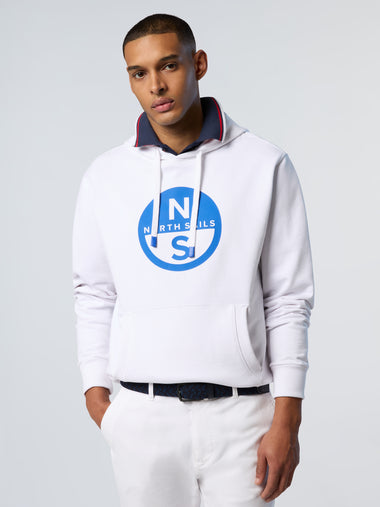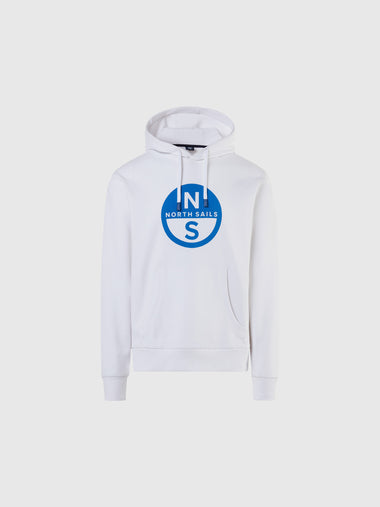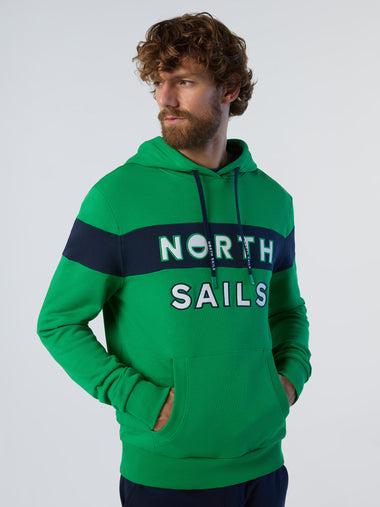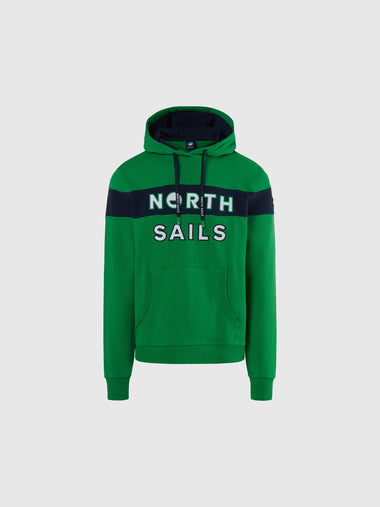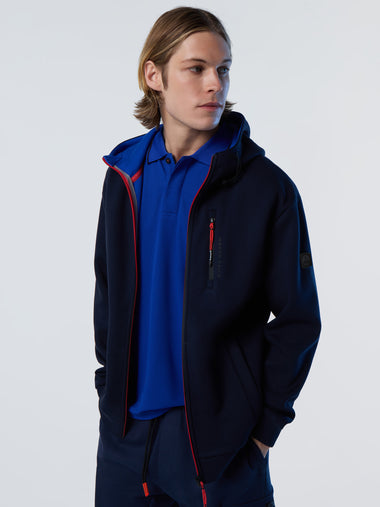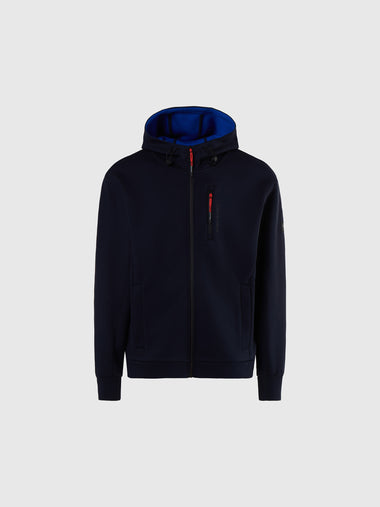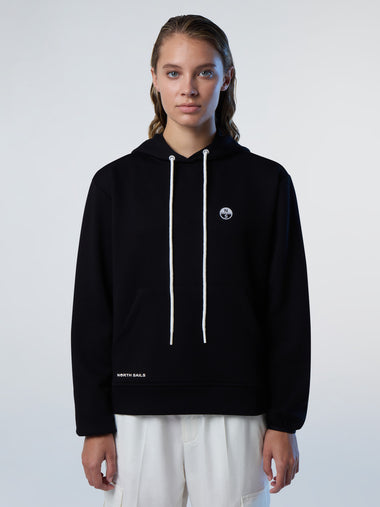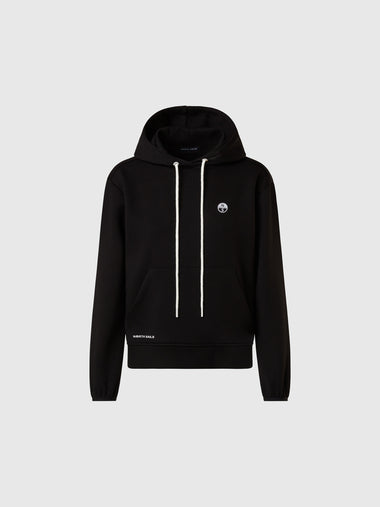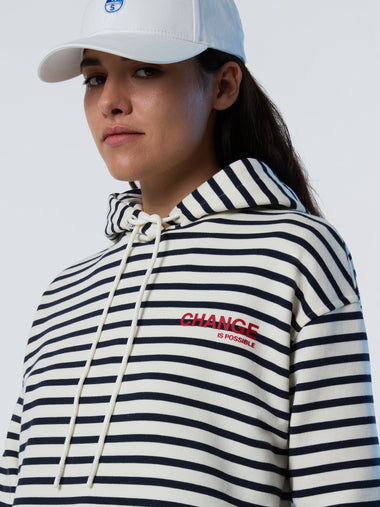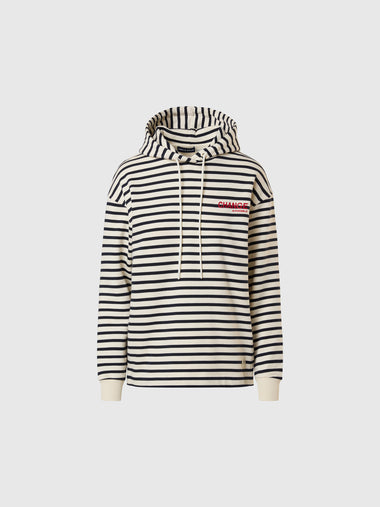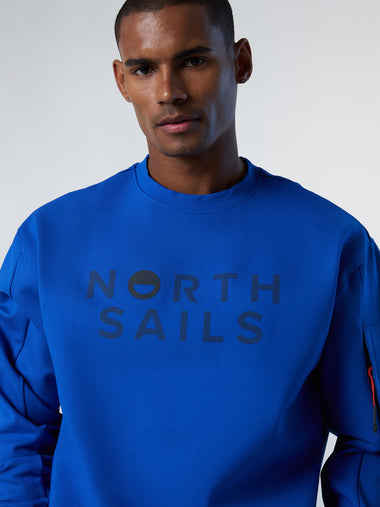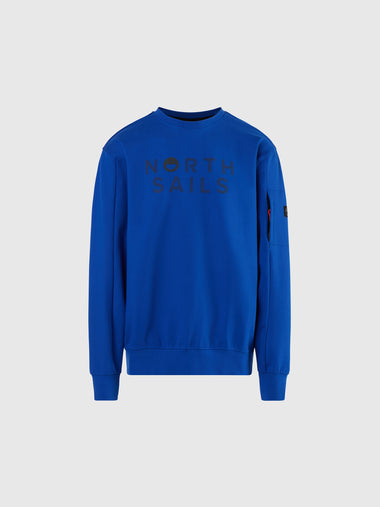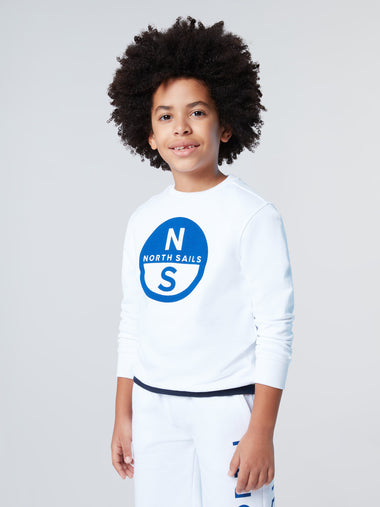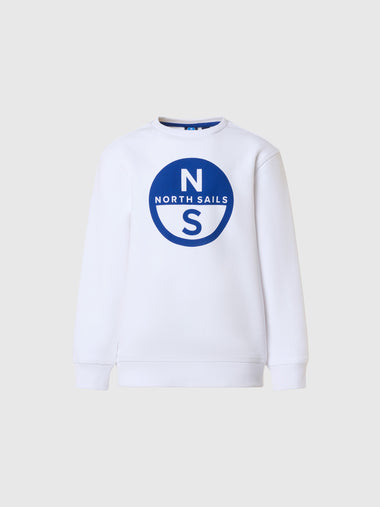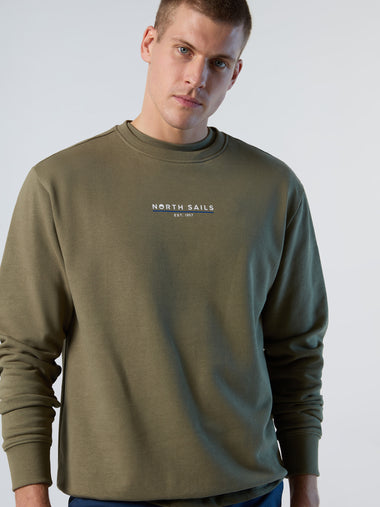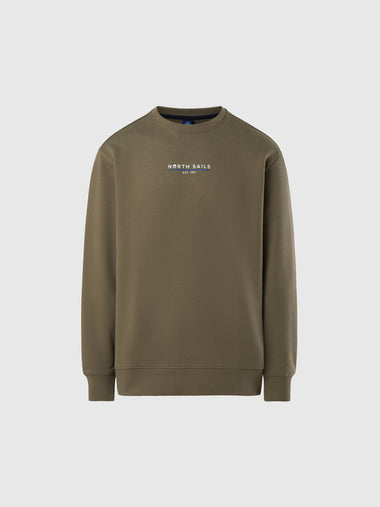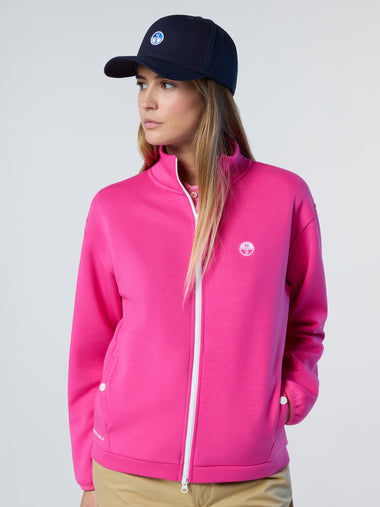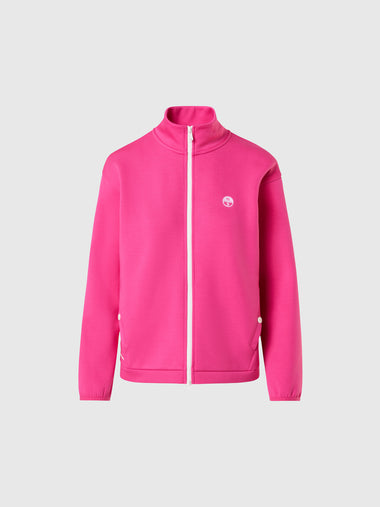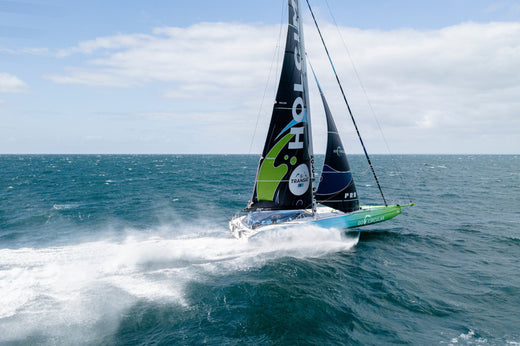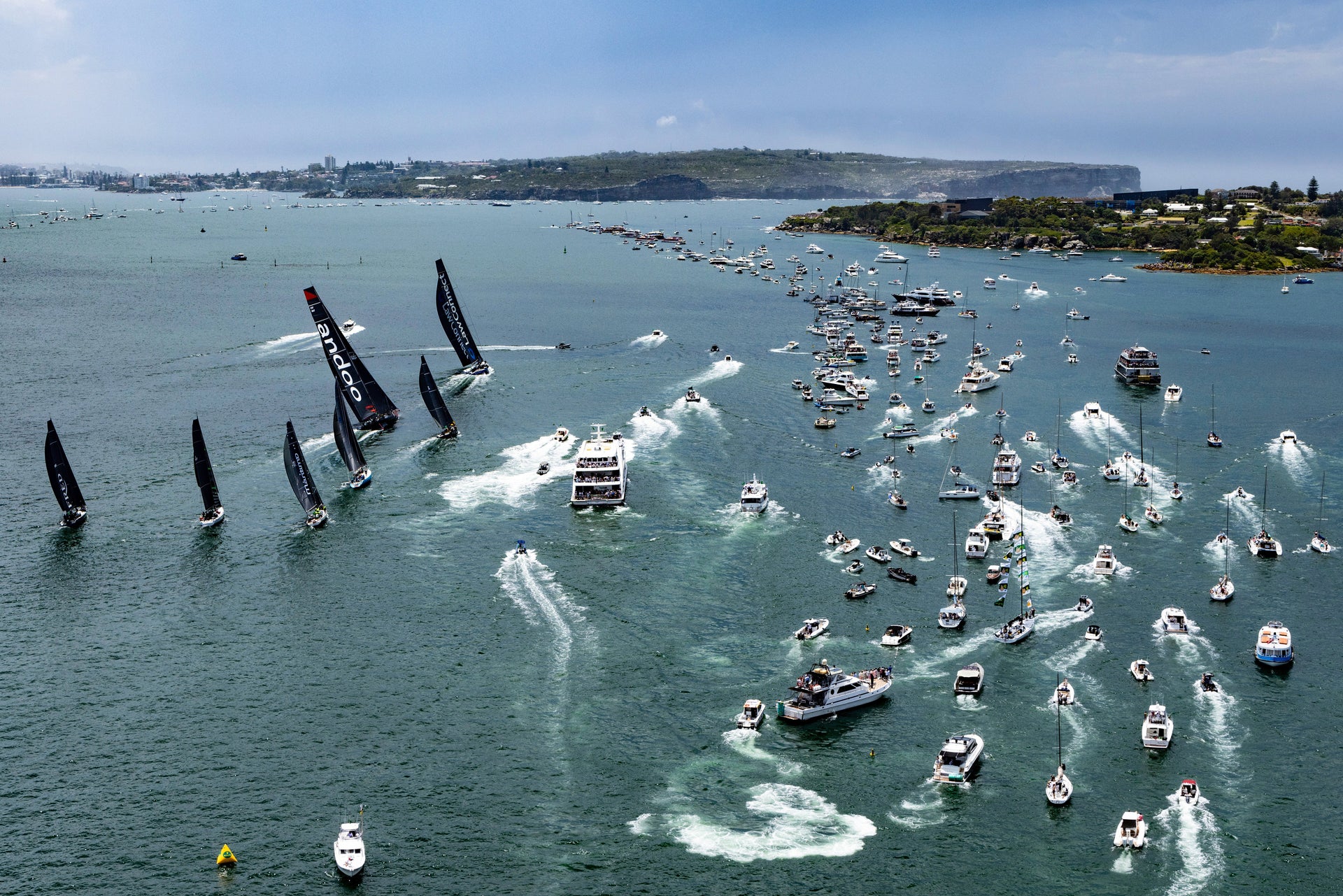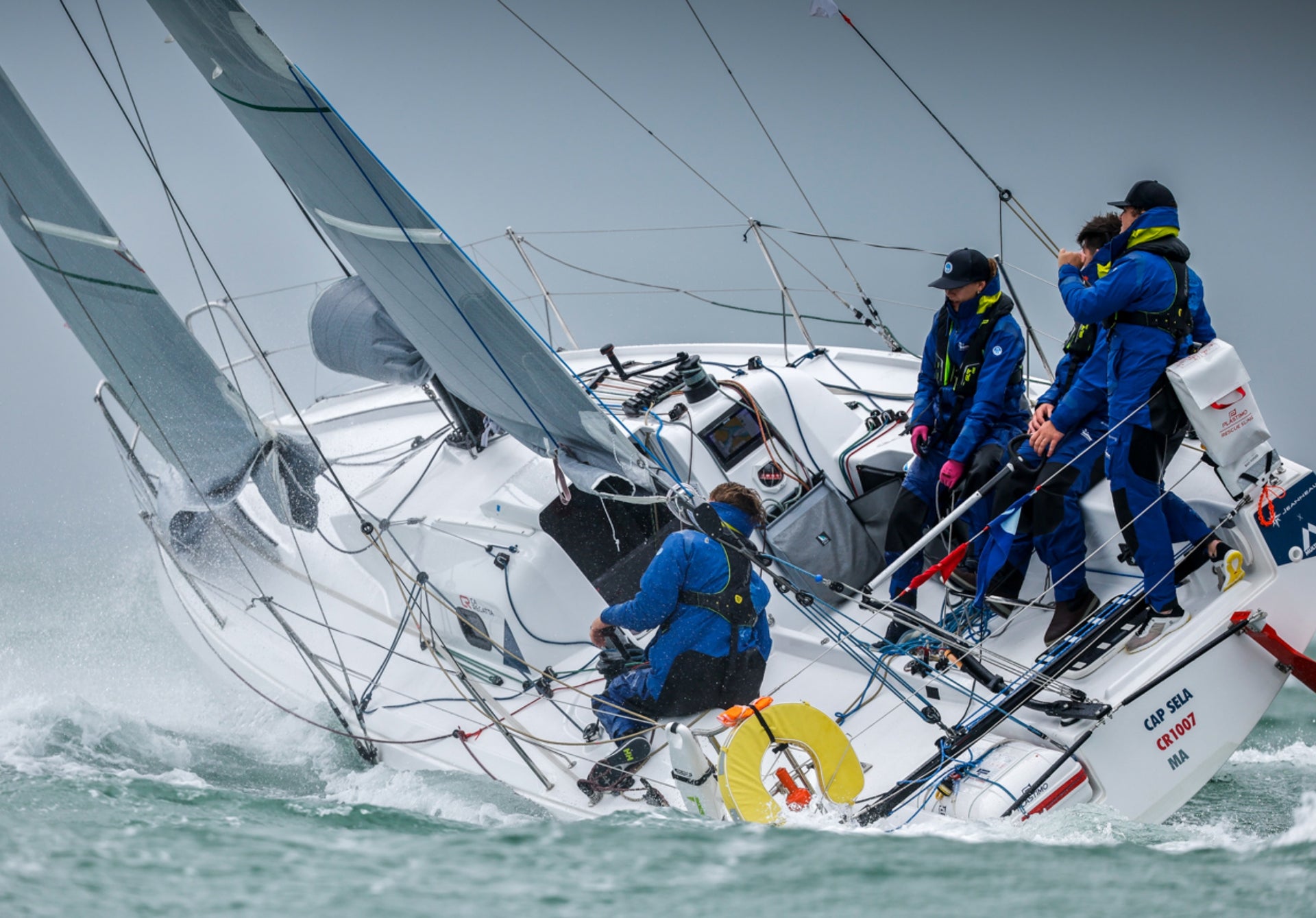CUSTOMER SPOTLIGHT: ROB DEWITTE
Childhood Sailor Builds Dream Team

His crew has sailed over 900 nm in the past year not including casual sailing or deliveries. Friends first, teammates second , Robert Dewitte and his crew have delved into the world of club racing and now distance racing on Dewitte's J/100
Perspective.
Tell us how you became a boat owner and what the learning process was like for you.
I learned to sail an Optimist down at the Hamilton Harbor Commission back when I was... well, I guess it would have been late '70s. My dad and I sailed when I was a young teenager in dinghies. We had so much fun and it really brought us together. But I grew, I became a big guy and the two of us we didn't fit. The boat got sold and we didn't sail again. I got busy, school, work, family, but always in the back of my mind was, "I want to sail again." Once the kids were big enough, I bought a Hunter 170. My wife and kids started to like it. They didn't fall in love with it and one of the reasons was that dinghy's are tender and my wife expressed the idea that something more stable would be great. I thought, "Hmm, time for keelboat." But one of the real thrills in all this was sailing with my dad. I went looking for a keelboat and I had no idea of what kind of boat I wanted. I didn't want it to big, but also wanted to avoid two things. I wanted to avoid a boat that required a lot of maintenance. We imagined day sailing and then had a good friend who had a keelboat in the States and he was giving me some coaching. I told him how I enjoyed heeling the boat on the windier days and going fast and he said, "You should get a J/Boat." So I did. There was an incredibly friendly guy at the club, I'm at Burlington Sailing and Boating Club, He saw that I joined as a new member and he phoned me up and he told me to come to the meeting of the racers before the season. I said, "I'll go and meet some people." They asked me what kind of boat I had, I told them and that I hadn't raced before. None of them believe me and I didn't quite understand this. But now I realize that J/Boats are very well known for racing.
One of the big joys for me in all of this is building a crew essentially out of my friends and learning together.
That's great to hear. So you are all about sailing now?
Yes. It's just been amazing. Of course during the first race, they all believed that we'd never done this before. I mean, we went around the wrong side of a mark. We came dead last in the wrong fleet. One of the big joys for me in all of this is building a crew essentially out of my friends and learning together. Now that we've learned how to sail it, it really is a joy and it's fast. You're among the bigger boats, it's really fun. We were still bottom of the fleet, but we started to feel like we were in the hunt and that I think stimulated us to begin to learn more and but also once we were in the hunt, we started to attract some people who had more experience than us.
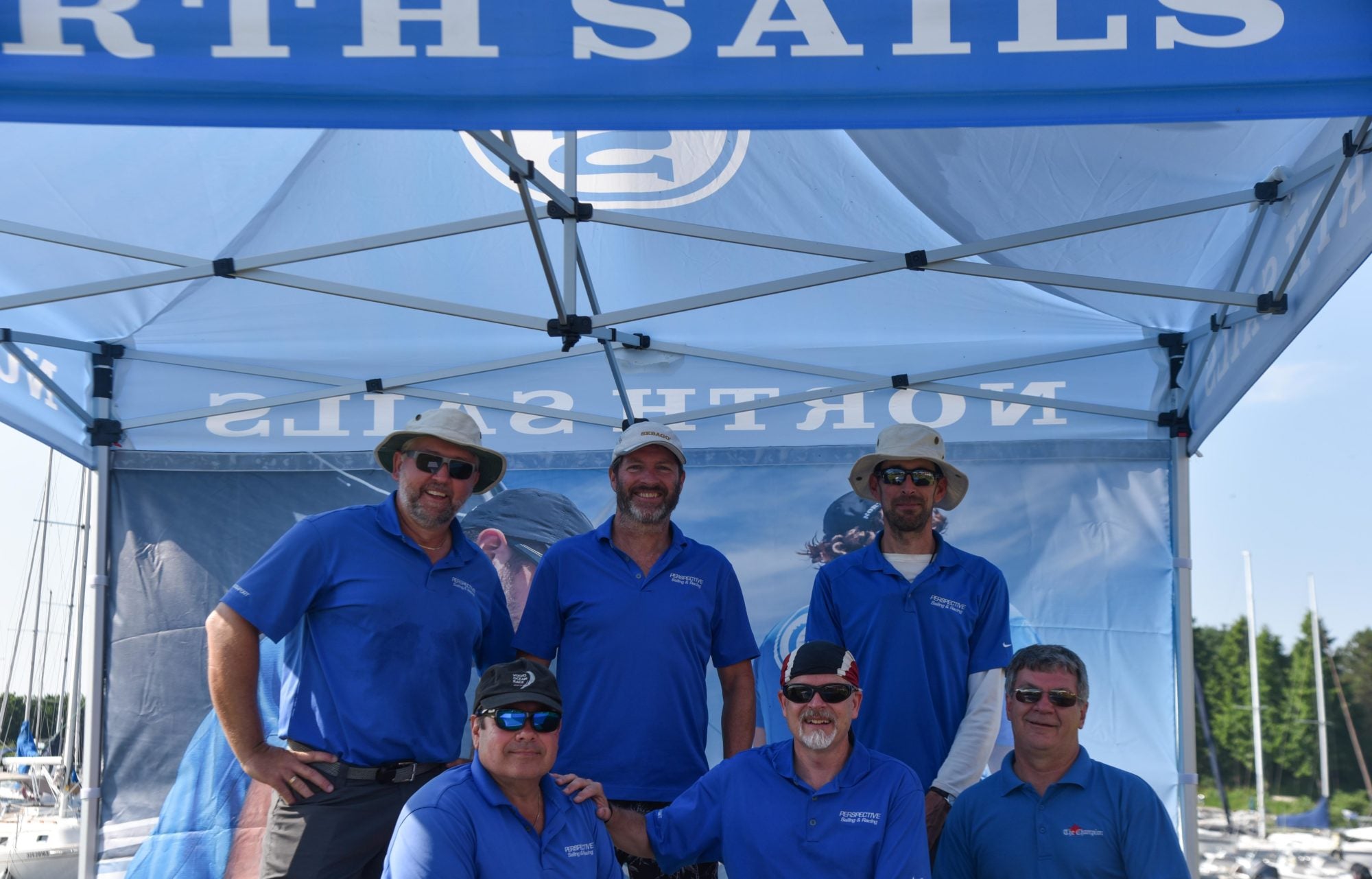
What have you done to build your crew that sets you apart from other teams out there?
What we've done that I think has been really, really fun and helped us learn is what I call the winter series. We're about to start our third winter series, which is essentially like a book club or like a book study. The other thing about my crew though is their contribution and skills. There's some really, really handy guys on board and they're far more capable than me with drill saws and tools and electronics and engines. These guys have contributed so much time and energy making the boat better, and when we get her in in the spring, they come and help wash and wax. One of the things I think that makes the crew work, by the way, is that the personalities of the people. One other thing has really helped us because is the I-Regatta app and it happens to have the J/100 polar configuration, like what we have. We have this real time performance indicator, like what's our boat speed relative to our polar at this moment? When it's saying, 65 that means, "Okay, guys, we're not going fast. We have to make an adjustment." When it tells us, we're going 115 it's like, "Okay, guys called down. We've got the boat going, let's look around and see what we need to do." It's a guide and has accelerated our learning because then you get in a situation where the boat's slow, the app tells you it's slow, you make an adjustment.
I wouldn't say that we got into this to win races, but we get a certain joy just from getting better.
What drove you to your decision to go with North Sails?
The number one reason I began to work with
North Sails was Doug Folsetter, who had already been very helpful in helping me think through the sail plan. He sailed with us on three or four races. He's got an incredible amount of knowledge. I think the service philosophy and him investing his time in a new sailor, new racer, let's say. He sat in my backyard and had coffee; we had diagrams and pushed our spoons around like they were the boats. Talked about tactics and things like that. Meanwhile, he beats me out there all the time. Then I would say next would actually be the spinnaker, the downwind spinnaker. When I switched to the symmetrical, it was quite a lot of conversation about how to design it. It's a mast type of rig, so it's a pole mast, high aspect ratio sail plan and there was a conversation about how wide to make the spinnaker, how tall to make the spinnaker to make it fly stabling. The designers that looked at it did a really fantastic job of that because we struggle to stay even with the fleet upwind. When we get in reaching angles with the pole all the way forward, we can fly it almost like a giant Code Zero. It's just very versatile. The boats really, really well balanced with that sail. I think that one made a huge difference because we didn't have anything in that range. This number two is just a fantastic sail and it's my go-to unless we're down below 12 knots.

Follow the crew and their experience on their
website. They blog each race, have a lot of video (prior to 2019), some photos, updates on what they've learned or adjusted on the boat, and a few pages of resources for crew.

 Follow the crew and their experience on their website. They blog each race, have a lot of video (prior to 2019), some photos, updates on what they've learned or adjusted on the boat, and a few pages of resources for crew.
Follow the crew and their experience on their website. They blog each race, have a lot of video (prior to 2019), some photos, updates on what they've learned or adjusted on the boat, and a few pages of resources for crew.